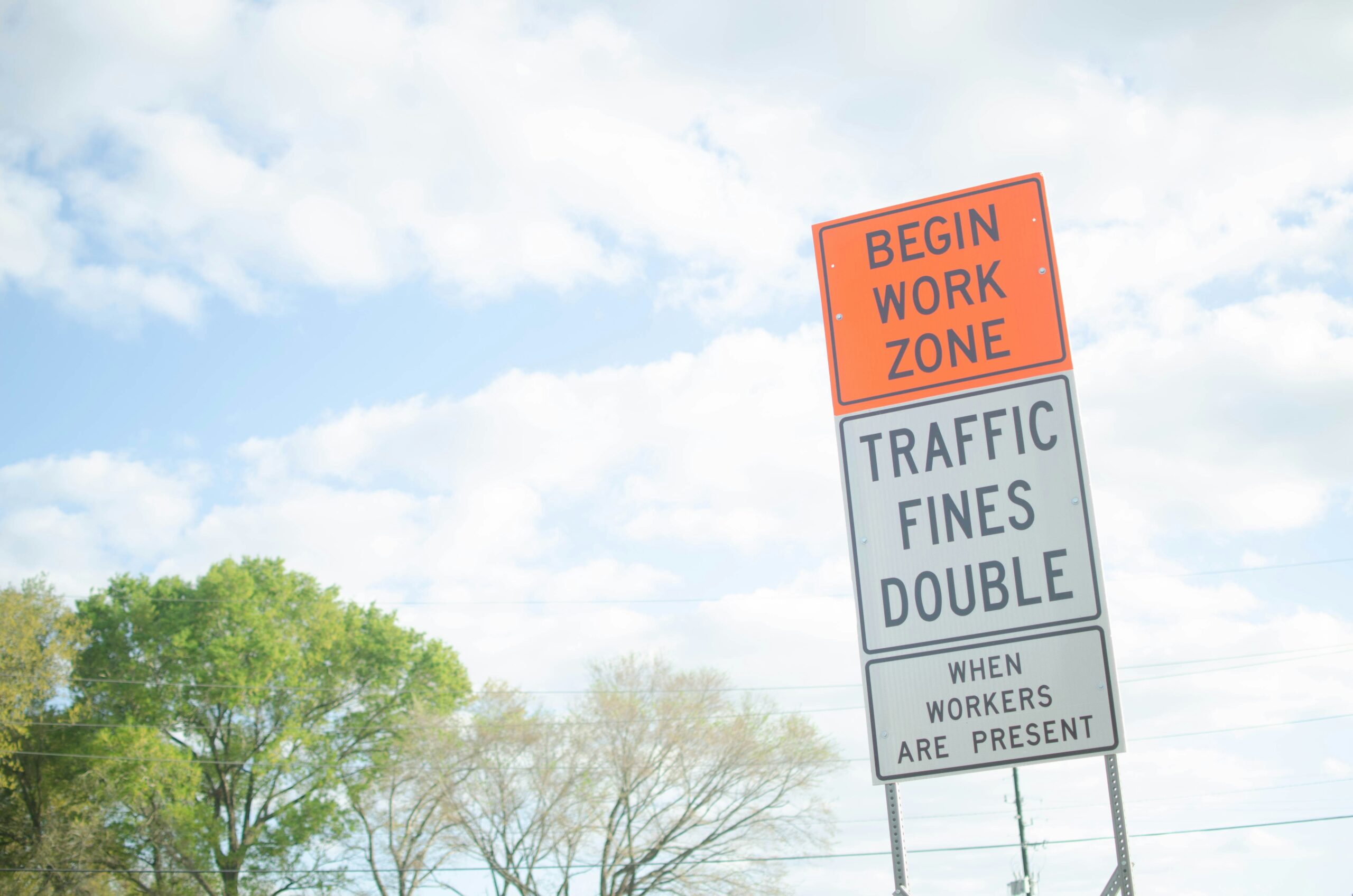Introduction
Paid traffic is powerful — but only if you know what’s working and what isn’t. Without proper tracking and analysis, you’re just guessing. To truly scale your advertising campaigns and avoid wasting your budget, you need to understand the data. This guide shows you how to track, interpret, and act on performance metrics from platforms like Google Ads, Meta Ads, and more.
1. Why Tracking Matters in Paid Traffic
If you’re spending money on ads, you need to track results. Tracking gives you:
- Visibility on what’s driving ROI
- The ability to cut what’s not working
- Insight into your customer journey
- Data for smarter decisions
Without it, you’re flying blind — and likely losing money.
2. Set Up Proper Conversion Tracking
Conversion tracking is the first step to understanding paid traffic. It tells you what actions users take after clicking your ad.
What you should track:
- Purchases
- Form submissions
- Phone calls
- Email signups
- App installs
How to set it up:
- Google Ads: Use Google Tag Manager or install the global site tag and event snippet.
- Meta Ads: Install the Meta Pixel + standard events (e.g., Purchase, Lead).
- Third-party tools: Tools like Hotjar, Segment, or Mixpanel give added behavioral insights.
3. Use Google Analytics (GA4)
Google Analytics 4 is a powerful tool to measure how paid traffic interacts with your website or app.
Key things to analyze:
- User paths (Where do they go after clicking your ad?)
- Bounce rates and engagement
- Source/medium of traffic
- Event tracking (e.g., button clicks, downloads)
Pro tip: Link Google Ads and GA4 for unified reporting.
4. Use UTM Parameters for Deep Insights
UTM tags are small bits of text you add to your URLs to track specific sources of traffic.
Example URL:yourdomain.com/offer?utm_source=facebook&utm_medium=cpc&utm_campaign=summer-sale
What you can track:
- utm_source: facebook, google, tiktok
- utm_medium: cpc, email, social
- utm_campaign: internal naming to track specific promos
Use Google’s free Campaign URL Builder to create these quickly.
5. Key Metrics You Must Monitor
Let’s break down the most important metrics for paid traffic campaigns:
- CTR (Click-Through Rate): Higher CTR = more relevance
- CPC (Cost Per Click): Lower is better, but only if conversions follow
- CPM (Cost Per 1000 Impressions): Great for awareness campaigns
- CPA (Cost Per Acquisition): Most important for ROI
- ROAS (Return on Ad Spend): The gold standard for ecommerce
- LTV (Customer Lifetime Value): Long-term health of your funnel
6. Create Custom Dashboards
Use tools like:
- Google Data Studio (Looker Studio)
- Facebook Ads Manager custom reports
- Shopify analytics (for ecommerce)
- Klipfolio or DashThis
These dashboards let you view performance at a glance and make real-time decisions.
7. Monitor Campaign-Level Performance
Inside your ad platform, you should constantly compare:
- Ad sets
- Creatives
- Audience segments
- Devices and placements
- Locations and demographics
Kill what’s underperforming. Scale what works.
8. Check Funnel Drop-Off Points
It’s not just about the ad — look at the entire user journey.
- Are people bouncing at the landing page?
- Is the form too long?
- Is the checkout too complicated?
Use tools like Hotjar to record sessions or heatmaps to detect friction points.
9. Analyze Performance by Device and Platform
Sometimes your ad may perform great on desktop but fail on mobile — or vice versa.
Always segment your results by:
- Device (desktop vs. mobile vs. tablet)
- Platform (Facebook vs. Instagram vs. Messenger)
- Placement (Google Search vs. Display vs. YouTube)
Adjust bids or creative based on what’s converting best.
10. Don’t Forget About Attribution
Attribution determines which ad or channel gets credit for a conversion.
Common models:
- Last Click: The final ad clicked before conversion
- First Click: The first interaction
- Linear: Equal credit across touchpoints
- Data-Driven: Uses AI to assign value based on behavior
Use GA4 and Meta’s Attribution settings to adjust your model and understand the true performance.
11. Weekly and Monthly Reporting
Create a regular rhythm for analyzing performance.
Weekly tasks:
- Check CPC, CTR, and CPA
- Adjust bids
- Pause underperforming ads
- Rotate creatives
Monthly tasks:
- Review ROAS
- Analyze conversion paths
- Reallocate budget
- Plan A/B tests for next month
12. Ask the Right Questions
When reviewing your paid traffic data, ask:
- Which campaign brought the most conversions at the lowest cost?
- Which ad creative had the highest CTR?
- Are certain devices or locations underperforming?
- Is retargeting outperforming cold traffic?
Dig into the “why” behind the numbers, not just the numbers themselves.
13. Use Alerts and Automation
Set up automated alerts for:
- CPA spikes
- Broken tracking
- Sudden drops in impressions
- Ad disapprovals
Tools like Google Ads, Meta Ads, and third-party apps like AdEspresso can send real-time notifications to help you react fast.
14. Test, Learn, Improve
Tracking and analysis is not a one-time task — it’s an ongoing system. Your paid traffic results are only as good as the decisions you make based on data.
Track. Learn. Optimize. Repeat.
Conclusion: Data Is the Driver of Profitable Ads
You can’t fix what you can’t measure. And you can’t scale what you don’t understand.
By building a strong foundation of tracking, using the right tools, and analyzing the right metrics, you’ll make smarter ad decisions, waste less money, and unlock real growth from your paid traffic campaigns.



